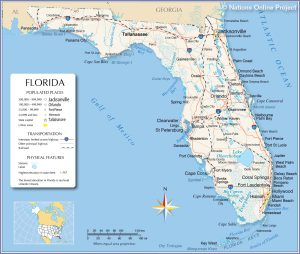Inspiration Mars

Any Aspiring Martian who hasn’t been living with his head in the sand is going to know that Mars One isn’t the only attempt to send humans to Mars. NASA has a plan that involves the Orion capsule and Dennis Tito has Inspiration Mars, which aims to send two humans on a Mars flyby. I’ve seen Inspiration Mars as the Martian equivalent of Apollo 8, which orbited the Moon but didn’t even have a lunar module on board. The current plan calls for the use of a modified Orion capsule and a 584-day flight plan that will send the crew past Venus and then past Mars.
After a bid to get funding from Congress that is probably going to go nowhere, Inspiration Mars has pushed the target date back from 2018 to 2021. NASA officials are questioning the plan as a risky move using a spacecraft that hasn’t been rated for use by humans yet. This is an organization that sent humans into lunar orbit after one deadly fire and one successful orbital “shakedown” flight of the Apollo Command Module. Hypocritical? Not if you consider that reporters aren’t talking to Gene Kranz, John Glenn and Neil Armstrong when they want current news on what NASA is doing right now.
Introduction of Inspiration Mars
Despite the fact that Inspiration Mars is probably going to be seen as the “other” private Mars venture even if it goes off as planned, it’s going to be a valuable test of whether humans can actually survive a trip to the Red Planet and back. They need to update their website, but current information at Inspirationmars.org includes such gems as:
- It can be funded entirely by private contributions. This might call up images of a spacecraft plastered with logos if you’re used to working with corporate sponsorships. Dennis Tito has indicated that he has already raised $300 million in private funds and was hoping for a $700 million contribution from Congress. If that means a $1 billion price tag, it’s not unreasonable that he could raise that money by taking a page out of Mars One’s book and working with media companies to create a documentary featuring the two lucky people who will be the first to get the ultimate close-up look at both Mars and Venus.
- It will test a free-return trajectory. As the name implies, “free-return” saves on resources by using a flight plan that makes minimum amount of costly fuel. The plan calls for only minor course corrections and a “slingshot” maneuver that makes use of Martian gravity to send the capsule back to Earth as a way to save the weight it would take to haul fuel along for any major maneuvers.
- Off-the-shelf technology will be used as much as possible. The plan would be impossible within the given time frame if Inspiration Mars had to use all-new technology. It will make use of systems developed for Low Earth Orbit (LEO) operations and technology that is currently available on the market.
- But who are the people who are going to go on this flight? That’s going to be the billion-dollar question. We already know about approximately 1000 aspiring Martians who are still in the running for Mars One, but numerous Google searches have turned up practically nothing about who might be making a 584-day round trip in a tin can that looks to be maybe slightly bigger than the Apollo command module.
This will be interesting to watch. If Inspiration Mars goes off as planned, perhaps Mars One can take just enough time-out from training to send a representative Marstronaut out to their launch site for a photo op. Until then, I’ll say that this organization is worth watching if only for the sake of learning how humans can cope with spending 584 days outside of Earth’s gravity well.
Going to Mars? Take these books along!












